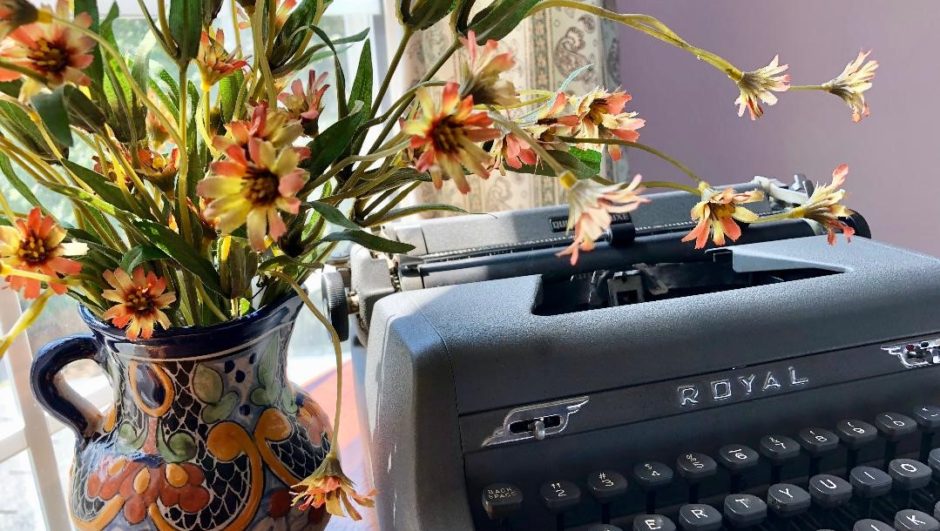
One positive aspect of COVID 19 is that people are reading more. And while reading is always an excellent pastime, please take a moment to consider ordering your books from independent bookstores, whose very existence must compete with the online sites of mammoth distributors.
In 2019 there were 2,524 independent bookstores in America. I hope that they all survive.
One of my earlier work fantasies was to run a bookstore. Like many other bibliophiles, it seems like the perfect existence, just be surrounded by books, book lovers, and cozy spaces.
However, it takes way more than that to run one successfully, as both Elizabeth Timothy and Mary Katherine Goddard soon found out.
Elizabeth Timothy is often credited as the first female publisher in America to own and operate a bookstore. As with many of the colonial bookstores, it was a part of Elizabeth’s printing business. At age 36, in 1738, she found herself a widow and took over her husband’s printing business in Charleston, S.C. On the side, she also printed and sold books, and oh yes, raised her six children.
If we jump ahead to 1775, we find Mary Katherine Goddard. She worked as a postmistress in Baltimore, Maryland, and ran a printing business with her brother. In addition to printing, she also offered books for sale. Her other claim to fame is that she printed the second copy of the Declaration of Independence with all of the signers’ names.
It seems that through the ages, women ran bookstores alongside men.
Of course, without writers, there would not have been any books to sell.
The first female writer to have a secular book published was Anne Bradstreet from Massachusetts in 1650. Her brother-in-law took her book of poems and had them published in London, then returned with the copies to the colony of Massachusetts.
In 1682 Mary Rowlandson wrote of her experiences as a captive of the Wampanoag tribe of Rhode Island. It was a captivating story (yes, an intended pun) because it went through 30 editions.
Within the next one hundred years, poetry from free African-Americans such as Phyllis Wheatley was published and in popular demand. By 1833 anti-slavery books were coming into print, alerting the nation to the evils of slavery in our own country.
One might think that libraries and bookstores would be competing against one another. But that was not the case. Readers who wanted to own a particular book could only do so through a bookstore, and free public libraries were few and far between.
John Harvard bequeathed his 380-book collection to the new college at Cambridge, Massachusetts, in 1638, establishing the most extensive library in colonial America. In 1731 Benjamin Franklin started a subscription library in Philadelphia. If a patron wanted to borrow a book, they paid a small fee to do so.
And as early as 1731, women were running small businesses where they would loan books, sell books, publish a newspaper and run the local post office—often while managing a family full of children.
The large public libraries in Boston, Baltimore, Philadelphia, and New York were established in the second half of the nineteenth century.
What about stand-alone bookstores?
Elizabeth Peabody started one of the early ones in the parlor of her Boston home in 1839 and named it The West Street bookstore. The earliest African-American bookstore seems to have been operated by David Ruggles in 1834, New York.
By 1913 more and more bookshops were being opened by women, perhaps coinciding with the women’s movement for voting rights and equality with men.
In 1916, Madge Jenison and Mary Horgan Mowbray-Clark opened a bookstore in New York City called the Sunwise Turn Bookshop. They would go on to become founding members of the Women’s National Book Association started in 1917 after female booksellers were denied membership in the all-male American Booksellers Association.
One of my favorite quotes is by educator Horace Mann who said, ‘a house without books is like a room without windows.’ This adage rings even more poignant to me with the many controversial issues now in America. We need books to educate ourselves more than ever before.
Thank you to Jilann Burnett, co-owner of Second Chapter Books in Middleburg, VA, who was the inspiration behind this month’s blog. Also, a hearty thanks to the Women’s National Book Association. Their invaluable work, Women in the Literary Landscape, provided the bulk of the research for me this month.
The photo credit for this month is Sierra Maciorowski, photographer from California.
And I would be remiss without thanking the following indie bookstores who carry my three novels: Cut From Strong Cloth, Last Curtain Call, and Counting Crows. In alphabetical order:
G.J. Ford Bookshop – St. Simons Island, GA
Main Street Books – Frostburg, MD
Second Chapter Books – Middleburg, VA
The Book Center – Cumberland, MD
Winchester Book Gallery – Winchester, VA
Stay healthy my friends, curl up with a good book, and pass my blog onto a friend!
~ Linda

I was delighted to see the photograph of Shakespeare and Company as it is featured in my WIP, Amanda in France. I too hope the independent bookstores can weather this storm. Thanks for another great post, Linda.